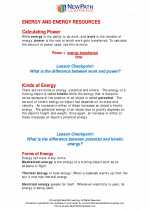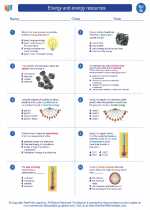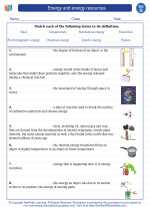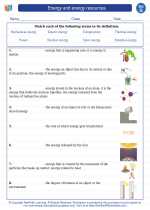Hydrogen
Hydrogen is the first element on the periodic table with the atomic number 1 and symbol H. It is the most abundant element in the universe, making up about 75% of its elemental mass.
Physical Properties
Hydrogen is a colorless, odorless, and tasteless gas at room temperature. It is the lightest element, and in its diatomic form (H2), it is a highly flammable gas.
Chemical Properties
Hydrogen is a highly reactive element and readily forms bonds with other elements. It can react with oxygen to form water (H2O) and with carbon to form hydrocarbons. It is also used in the production of ammonia, which is a key component of fertilizers.
Occurrence
Hydrogen is found in a wide range of compounds, including water, organic compounds, and hydrocarbons. It is also present in the atmosphere and in stars.
Uses
Hydrogen has diverse industrial applications, including in the production of ammonia, petroleum refining, and the synthesis of methanol. It is also being explored as a potential clean energy source for fuel cells and in the development of hydrogen-powered vehicles.
Study Guide
To study hydrogen effectively, consider the following key points:
- Learn about the physical and chemical properties of hydrogen.
- Understand the occurrence of hydrogen in nature and its industrial uses.
- Explore the role of hydrogen in the context of clean energy and sustainable development.
- Practice writing chemical equations for hydrogen reactions, such as its reaction with oxygen to form water.
- Consider the potential impact of hydrogen as a fuel source and its implications for reducing carbon emissions.
By understanding the properties, occurrence, and uses of hydrogen, you can gain a comprehensive understanding of this important element and its significance in various scientific and industrial contexts.






